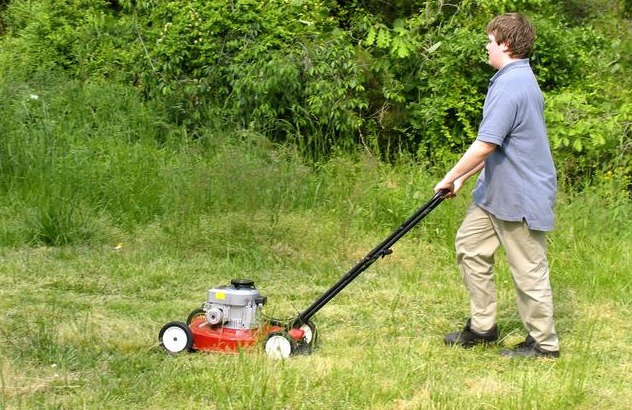Start a summer business
Plan and run a simple summer business like lemonade, crafts, or yard help; learn budgeting, pricing, marketing, customer service, and counting money.


Step-by-step guide to start a summer business
These Kids Will Teach You How to Run a Lemonade Stand
Step 1
Decide which simple summer business you want to run such as lemonade crafts or yard help.
Step 2
Write your business name at the top of a fresh page in your notebook.
Step 3
Pick the exact spot where you will sell or offer the service and write that location in your notebook.
Step 4
Choose two days and the hours you will work this week and write them down.
Step 5
Make a short checklist of supplies you need for one selling day.
Step 6
Find or ask an adult for the price of each supply and write each price next to the item.
Step 7
Add the supply prices to find your total budget for one day and write the total.
Step 8
Decide how many items or hours you will sell and choose a price for each so you cover costs and make a little profit.
Step 9
Make a bright sign on poster paper with your business name price and a friendly slogan.
Step 10
Prepare your product or pack your tools neatly into your setup container or box.
Step 11
Set up your table or work area at your chosen spot and arrange everything so it looks tidy.
Step 12
Greet each customer with a friendly hello explain what you are selling and collect payment placing it in your cash container.
Step 13
Count all the money you earned subtract your total budget to find your profit and write the result in your notebook.
Step 14
Share your finished summer business project on DIY.org
Final steps
You're almost there! Complete all the steps, bring your creation to life, post it, and conquer the challenge!

Help!?
What can we use instead of poster paper or a cash container if we can't find them?
If you don't have poster paper, cover a flattened cereal box or piece of cardboard with plain paper and markers for your sign, and use a clean, labeled tin, jar, or zip-top sandwich bag as your cash container.
What should we do if we get stuck when adding supply prices and setting a selling price?
If adding supply prices in your notebook or choosing a price (Steps 5–8) feels hard, use a calculator or smartphone to total the supply costs, divide by the number of items you plan to sell, and then add a small per-item profit to set an easy selling price.
How can this activity be changed for different ages?
For younger kids shorten the work hours, simplify the checklist and have an adult handle money and setup, while older kids can create a simple spreadsheet for budget and profit and run the full setup and sales independently.
How can we extend or personalize the summer business project?
To enhance the project, decorate your poster paper sign with drawings tied to your product, add sample giveaways, make neighborhood flyers from the same design, and upload photos and your profit result to DIY.org as a final showcase.
Watch videos on how to start a summer business
Our Kids Started a Lemonade Stand! 🍋 Money Lessons & Business Fun | Family Vlog Must Watch!
Facts about entrepreneurship for kids
🤝 Great customer service (a smile, a thank-you, and listening) turns one-time buyers into repeat customers.
🧾 Keeping a shoebox of receipts or a small notebook is the first step toward learning bookkeeping and profit tracking.
💰 Kids who learn budgeting early are more likely to understand saving, spending, and reinvesting money later.
🍋 Lemonade stands are a classic kid business that teach real skills like pricing, serving, and giving change.
📣 Simple marketing—like a bright sign and a friendly greeting—can dramatically increase how many people stop by.
How do I help my child plan and run a simple summer business like a lemonade stand or yard help?
What materials do we need to run a kid-friendly summer business?
What ages is a summer business appropriate for, and how much help will they need?
What are the benefits of children running a small summer business?


One subscription, many ways to play and learn.
Only $6.99 after trial. No credit card required



